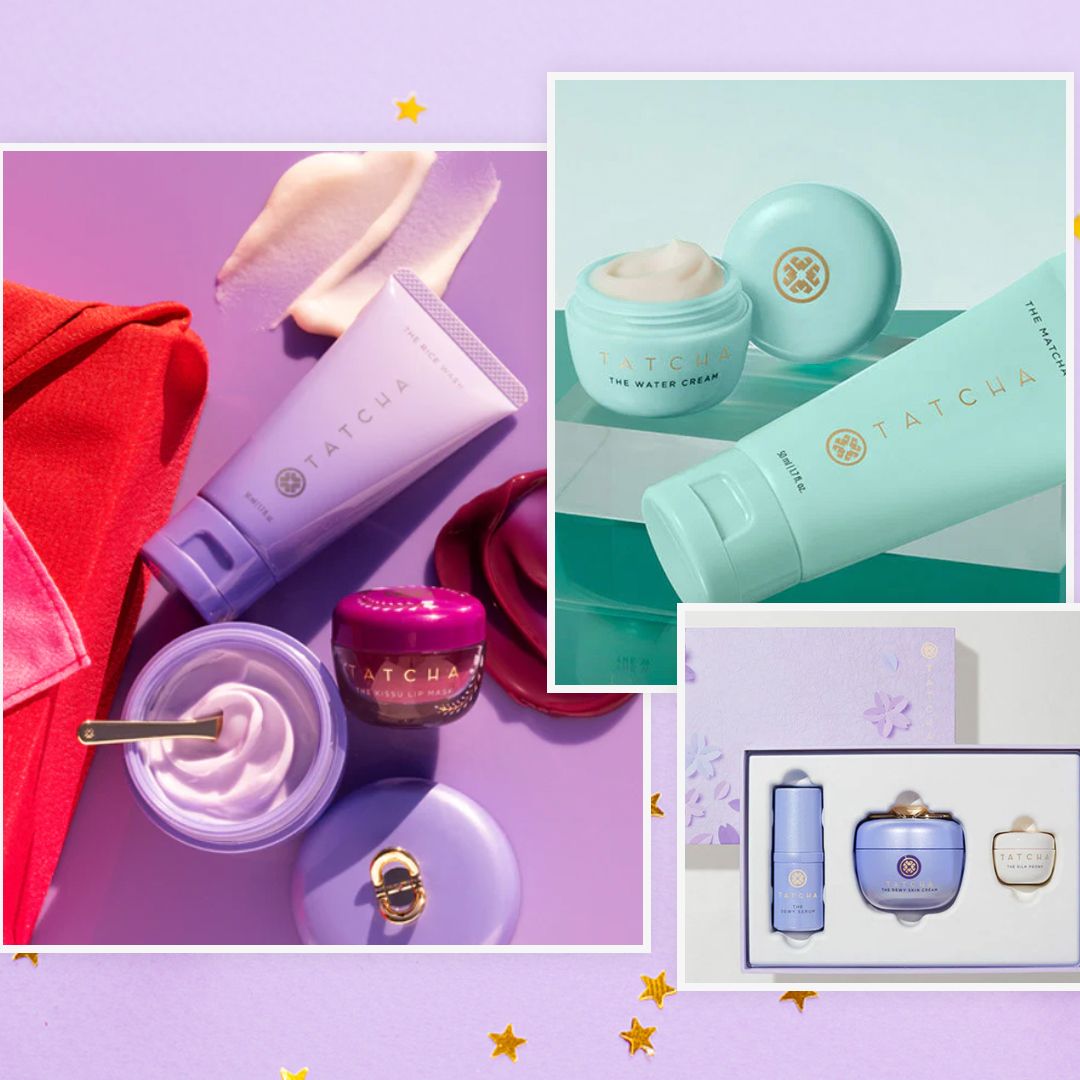Not being able to distinguish red from green is the most common consequence of being colour blind – and now there’s hope for all those who cannot differentiate hues, in the form of a pair of seemingly simple contact lenses. Up until now the only help available to those suffering from colour blindness has been clever - but bulky - sunglasses which help correct sight. But now scientists at Tel Aviv University have developed an ultra-thin pair of contact lenses which they say can help people with various forms of colour blindness.
So how do they work? Engineers Sharon Karepov and Tal Ellenbogen have come up with a way to transfer colour-correcting films from frequency-filtering sunglasses onto the surface of contact lenses. And based on simulations of colour vision deficiency, they report that their new lenses can restore colour contrast and colour perception up to a factor of 10.
Colour blind sufferers can often not tell the difference between green and red
"Problems with distinguishing red from green interrupt simple daily routines such as deciding whether a banana is ripe," Sharon Karepov from Tel Aviv University said in The Optical Society journal Optic Letters. "Our contact lenses create a customised, compact and durable way to address these deficiencies."
READ: New blood test can detect 50 types of cancer
In people with deuteranomaly – the medical term for colour blindness – the eye's green-sensitive cells responds to light associated with reddish hues rather than green. Scientists have known for more than 100 years how to correct this but it’s usually in the form of bulky glasses; these contact lenses would be a more comfortable and stylish option.
"Our contact lenses use metasurfaces based on nano-metric size gold ellipses to create a customised, compact and durable way to address these deficiencies," said Karepov.
SEE: The 5 virtual holidays we're taking right now
Metasurfaces – artificial thin films designed with specific optical properties - are usually created on flat surfaces, so the team had to find a way to create them onto the curved surface of a contact lens. Although they have yet to be put through rigorous clinical testing, the research team see their process being used to transform a whole range of curved materials allowing them to fix other optical problems and deficiencies too. How amazing!










